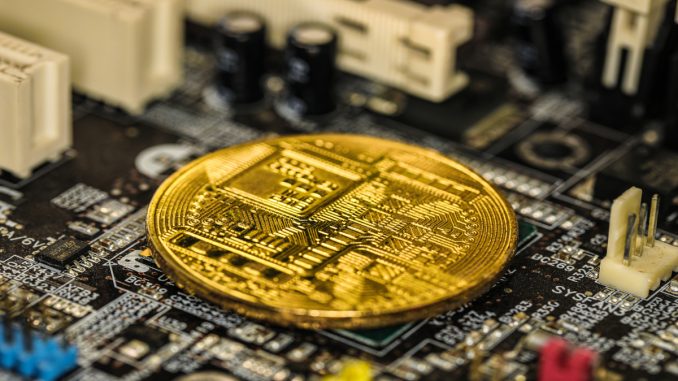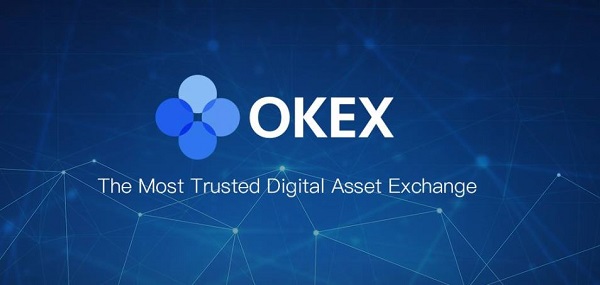
Create your own cryptocurrency: The BeInCrypto editors figured out how you can issue your own token without writing a single line of code.
At the time of writing, there are estimated to be around 11,000 to 20,000 tokens and cryptocurrencies. The vast majority of these are tokens, and only a few are considered real cryptocurrencies.
We will not delve into the intricacies of the differences between these two terms here. But we will try to figure out how such a huge number of assets could have come about.
Is each token an independent blockchain?
Not always. Most of the tokens are deployed on the Ethereum blockchain. According to Nomics, there are more than 12,500 tokens on the Ethereum network. But of this amount, only a little more than 4,160 have at least some trading volumes. In second place is Binance Smart Chain with over 8700 tokens.
The choice of blockchain is a personal matter of the developer. Networks differ in both commission costs and community sizes.
It is important to understand: a token created on one network will not work on another. The only way to “transfer” a token is to use the so-called “bridges.”
Create your own cryptocurrency: What is needed?
Your time (no more than an hour);Browser extension of the MetaMask crypto wallet, Coinbase Wallet or Trust Wallet (in our case, MetaMask);Balance on the wallet (if you want to create a token for the test for free, then skip this item).
How do I create a cryptocurrency (token)?
Ideally, of course, you should understand the basic mechanics of the token you want to create. Also, have an idea of what that part of the code is responsible for. But let’s say that you don’t want to learn the basics, and your hands are itching to create something as soon as possible without the slightest cost.
Since the blockchain market has already more or less begun its development, enthusiasts have launched a whole group of platforms for creating tokens.
This means that there are several sites that are ready to deal with all the technical component for you without registration. Here are a few of them:
vittominacori.github.io;cointool.app;createmytoken.com;guarda.co.
Attention! The editors are not responsible for the decisions you make on the above web resources. Make sure the site is secure before creating tokens on it. Today’s result does not guarantee the quality of services in the future.
All of the services listed above are in one way or another similar at surface level. There is a field for the name of the token, the ticker, the volume of coins and everything in this spirit. In our example, we took the cointool.app service, but you can use any other one.
Before starting to create a token, you need to sync your wallet with the site. It is assumed that you have already installed it in your browser. The wallet will be needed in order for the site to independently create a smart contract, through which it will issue tokens. This service is paid if you create a real token. If you just want to test for free, then we’ll talk about this further.
To sync to cointool.app, click on the button in the upper right corner of “Connect Wallet.” Your wallet window will drop out. We agree to the terms and connect. Next, we start choosing a network for the token.
Choosing a network and the cost of creating a cryptocurrency (token)
The blue section of the form on cointool.app is the blockchain network/scaling protocol selection. You already know about the difference between them from the section “Is each token an independent blockchain?” If you missed it, we recommend that you go back and read it.
At the time of this writing, creating a real token through cointool.app will cost you a pretty penny. More precisely, 0.1 ETH (~ $400). What is the difference between a real token and a test one? Having created a real token, you can list it on trading floors and trade. It is unlikely that it will be possible to crank up a listing with a test one.
The process for creating both a real and a test token is the same. Even in a test scenario, you still have to pay a fee! (with free tokens). In our case, we will look at a test case for creating an ERC20 token on the Ethereum testnet called Ropsten .
Create your own cryptocurrency: Connect the wallet to the network
By default, MetaMask connects to the Mainnet and shows the corresponding balance. We need to switch to the Ropsten testnet. You can of course choose other chains as well: Kovan, Rinkeby and Goerli.
To connect to the test network, open MetaMask > click on the “Ethereum Mainnet” button from above > click on “Ropsten Test Network” in the drop-down list.
If you had cryptocurrency on MetaMask, now your balance has been reset. It’s okay: your wallet has just connected to a different network. You can go back to the old network using the method described above and the balance will be restored again.
When connected to Ropsten, the cointool.app site should reload and display the selected “Eth Ropsten” network at the top right. If this did not happen, make sure that your wallet is connected to the site.
So, we are connected to the testnet, when are we already creating the token itself ? Soon. The last point remains – getting free tokens. To do this, you can use the tap of tokens.
Here are some services that give out free tokens for test use:
faucet.ropsten.be;faucet.metamask.io;faucet.egorfine.com.
Choose any. Once on the website, paste in your public address. You can get it by opening MetaMask and clicking on the “Account 1” column. As soon as you have sent a request to receive free tokens, you will have to wait. Test ETH will reach your wallet within 5-10 minutes.
Attention! The sites do not show a successful ETH sending in any way. If you start sending applications for ETH several times, then your wallet will be blacklisted for 24 hours. Just submit your request and wait. Within 5-10 minutes, the wallet will update the balance itself.
Set up cryptocurrency (token) settings
Once you have received the test ETH, we proceed to the creation of the token itself. The form on cointool.app contains the following fields:
Token Name – the name of the token (example: Bitcoin, Ethereum, Dogecoin);Symbol – token ticker (example: BTC, ETH, DOGE);Initial Supply – the initial maximum amount of tokens;Decimals – system of calculations (how minimal your token can be split. For example, BTC is divided by 8 decimal parts, and ETH by 18);Burn – burning tokens (you can read more about this here);Mint – the ability to create additional tokens (the amount will be added to the Initial Supply);Pause – the ability to stop all operations with the token (function in case a critical vulnerability is detected);Deflation – a commission is charged for each transaction with a token, which is then burned;Super deflation – accelerated mode of the deflation function.
It is optional to fill in all the fields. In our case, we named the test token Paprika Coin, and the ticker PPK. The rest of the settings were left at their default values.
We pay for the creation of a smart contract
Once you have set all the necessary settings> scroll down and press the “Create Token” button. A window will open with a wallet and a request to send ETH to create a contract with your token. In our case, it took 0.01 test ETH.
Click “Confirm.” After that, ETH will be debited from the test balance, but new tokens will not appear anywhere. This is fine. Your wallet most likely does not yet support a smart contract with new tokens.
Find out the details of the smart contract
To display, we first need to find out the address of the smart contract that created the tokens. To do this, go to the “Activity” tab and look for a transaction called “Deployment of the contract” for which they paid 0.1 ETH earlier. Click on the transaction, and in details click on “View on block explorer.”
As seen above, you will be taken to the etherscan.io site. All the details of creating a smart contract for your token are described here. We find the line “To”, where it says “Contract” and the address of the contract itself. We copy this address. Next, open the main page of MetaMask > at the bottom, click “Import Tokens” > in the field “Address of the token contract” and paste the copied address.
The wallet should automatically pick up the data of the imported smart contract, including the token ticker and the calculation system. Click “Add Custom Token.”
And now, the generated tokens (in our case, Paprika Coin) are now displayed in your wallet. Create your own cryptocurrency? Easy.
That’s all! The appearance of the token (logo, description, links to social pages) can also be specified in the “Create token” > “Create token view” section of cointool.app. Then the test token can be sent to other wallets in the Ropsten network, which must also import the smart contract settings. You can create a real token according to an absolutely similar scenario. But you need real ETH, not test ones.
Did you create your own cryptocurrency? Write to us here.
Disclaimer
All the information contained on our website is published in good faith and for general information purposes only. Any action the reader takes upon the information found on our website is strictly at their own risk.






Be the first to comment